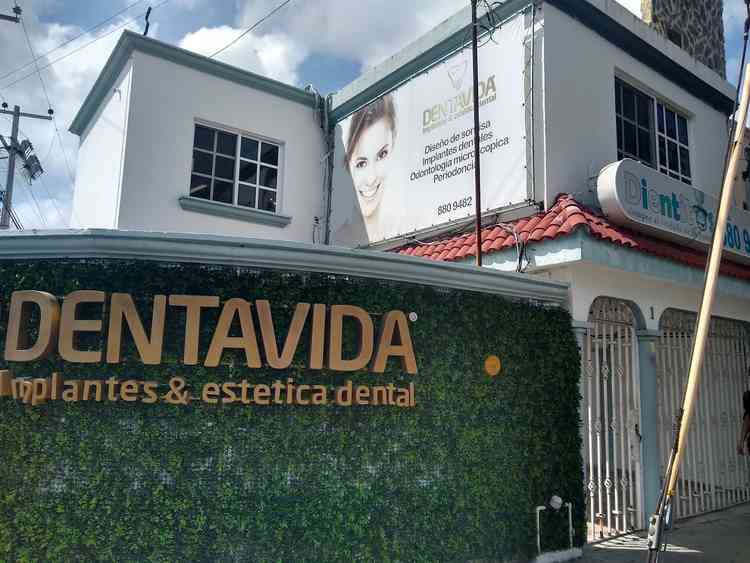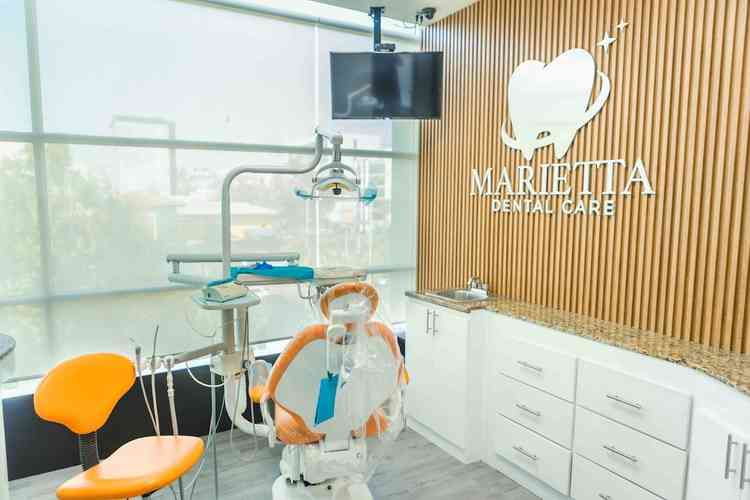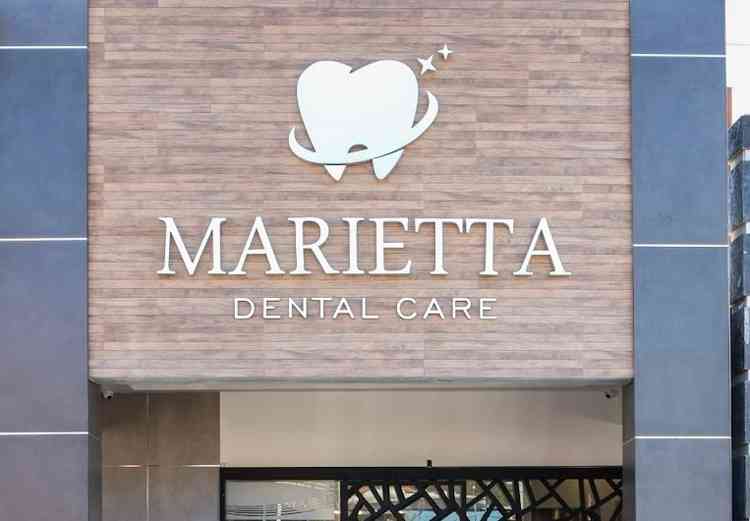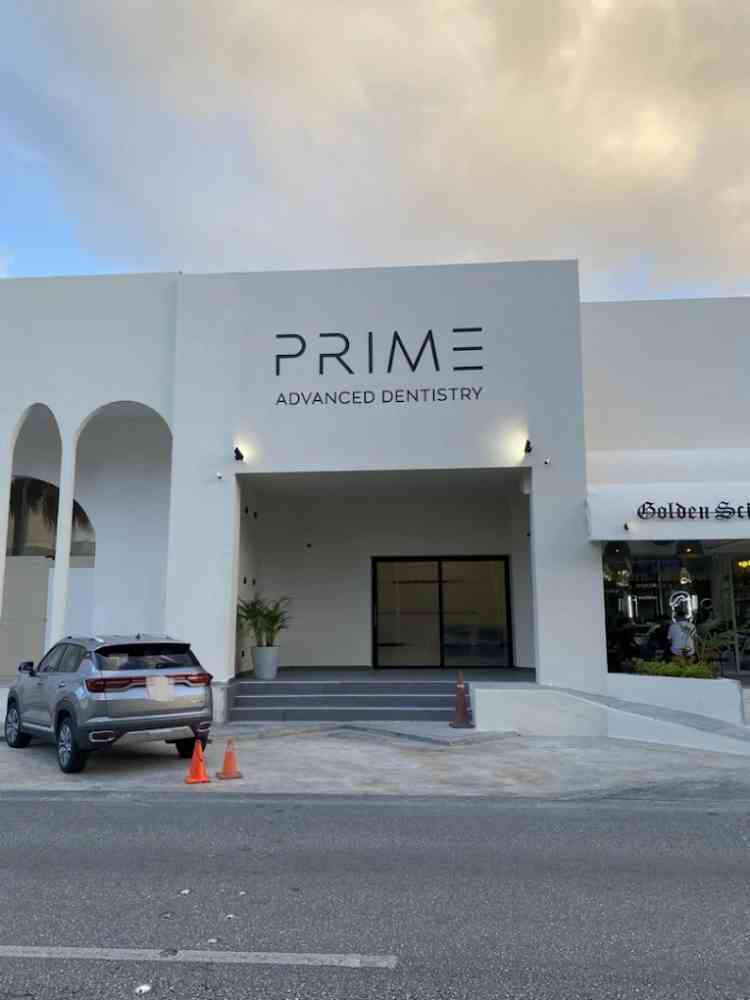Disadvantages of Dental Crowns: What To Know Before Getting One, Plus Tips on Prevention and Fixes

Prathyusha Itikarlapalli
- Content Writer

Gustavo Moreno Vargas
- Reviewed by

Table of contents
- Tooth Caps and Crowns: Understanding Their Purpose
- Common Drawbacks of Dental Crowns
- Weighing the Risks: Are Crowns Harmful?
- Tips To Minimize Crown-Related Problems
- Crown Lifespan: How Long They Last and When to Replace Them
- What To Do if Your Dental Crown Fails?
- Alternatives to Crowns: Situations Where They Work Better
Key Takeaways
- Dental crowns are an ideal restorative option for individuals who have suffered from chips, breaks, or cracks and have a healthy, adequate tooth structure. These serve better for the functional requirements of the tooth rather than solely for cosmetic issues.
- Tooth crowns can cause sensitivity, decay, nerve damage, gum discoloration, or even metal allergies if not fitted properly or maintained well. Poor oral hygiene, excessive enamel removal, and ill-fitting crowns often lead to pain, infection, or discomfort. While most patients adjust within weeks, crowns still demand consistent care to avoid long-term complications.
- Fixing a failed dental crown begins with a dentist’s evaluation using visual checks and X-rays. Treatment may involve a crown replacement, minor repairs like composite bonding, or alternatives such as fillings, inlays, onlays, or implants. The choice depends on tooth damage, location, treatment goals, and budget.
Tooth Cap vs Crown: When and Why Are They Required?
There is no difference between the two terms. A tooth cap or a crown refers to the dental restoration used to cover the entire tooth surface. While “tooth cap” is an informal way of describing it, “dental crown” is the widely used term. These tooth colored caps are used to cover the damaged tooth and restore its function. They are tightly snuggled on the damaged tooth structure, and dentists use them for varied purposes, such as covering broken, chipped, or cracked teeth. Besides, they are used to cover the dental implant posts, as well as root canal-treated teeth. These are not readily available; instead, dental technicians craft them using high-quality materials to custom-fit the affected tooth. Dental crowns significantly vary based on the material they are crafted from. Based on the material, crowns can be porcelain, zirconia, porcelain-fused-to-metal, or all-metal crowns. Dentists collect the impressions of the affected tooth so technicians can craft it. Once the crowns are ready, dentists will prepare the tooth structure and fix them in place. Every medical procedure has its positives and negatives. While a dental crown is a successful procedure, it still comes with certain negatives. It's crucial to know the advantages and disadvantages of dental crowns before making a decision.
Disadvantages of a Crown Tooth
Getting a dental crown can restore tooth function and appearance, but it’s not always a flawless solution. Beyond common dental health concerns like sensitivity or decay, crowns may come with material trade-offs, functional limitations, ongoing maintenance, and even lifestyle adjustments. Understanding the cons of dental crowns upfront can help you set realistic expectations and manage your crown more effectively in the long run. Below, we detail them.
Dental Health Issues
Sensitivity, tooth decay, nerve damage, and a greyish gumline are the most common tooth problems with dental crowns. Excessive tooth preparation during crown installation, causing significant loss of enamel, leads to issues of sensitivity and nerve damage. In case you are wondering, “Can dental crowns cause health problems?”, the answer is here. Metal allergies, recurring tooth decay, and poor-fit crowns are the common health issues caused by dental crowns. When patients fail to maintain oral hygiene, it creates a positive environment for the oral bacteria to flourish, leading to tooth decay. These may compromise the crown's performance over the long run. Issues such as intense pain with a tingling sensation while you bite down or eat hot or cold foods are a result of an existing tooth infection.
Material Considerations
You need to know the different types of dental crowns and costs before making a decision. While it does not solely relate to cost, crown material also influences the overall treatment cost. While porcelain and zirconia crowns seem costly, metal crowns can be an affordable expense. However, the disadvantages of metal dental crowns are quite dissatisfactory. The metal can cause allergic reactions, posing risks of gum irritation, inflammation, and long-term sensitivity in some patients. Besides costs, crown material also influences its functions and properties. Crowns made from porcelain, zirconia, or metal each come with unique strengths and drawbacks. Porcelain offers a natural look but can be prone to chipping, and zirconia provides durability with decent aesthetics. On the other hand, metal crowns excel in strength but often fall short cosmetically.
Pros and cons of dental crowns: Based on material type
|
Feature |
Porcelain Crowns |
Zirconia Crowns |
Metal Crowns |
|
Pros |
Metal-free and offers a natural look |
Metal-free and highly fracture-resistant |
Hardy and low-cost option |
|
Cons |
Brittle and prone to chips |
Expensive costs |
Metal allergy, different color, and does not blend with natural teeth |
Functional Limitations
Although crowns are designed to fit tightly on the prepared tooth and restore the routine functions, in rare cases, they fail to function as expected. It can be due to various reasons, such as issues of impression collection, fabrication, improper fixation, and leaving rough margins. A poorly fit crown can cause pain or lack a strong bite force, necessitating a replacement or refixation. While the extra costs for replacement are more talked about, the inconvenience caused by an improperly fitted crown is equally frustrating, disrupting the quality of life.
Maintenance and Longevity
Dental crowns last for 15-20 years when cared for properly. Certain habits, such as bruxism or the use of hard zirconia or metal crowns on front teeth, can accelerate wear and tear on the opposing natural teeth. This means that crown success isn’t only about aftercare, it’s also about selecting the right material for the right tooth location to balance durability, comfort, and protection of surrounding teeth.
Adjustment and Patient Effort
Another less mentioned but a crucial problems with new dental crowns is the short adjustment period and the consistent effort required to maintain them. While most patients adapt within a few weeks, an ill-fitting crown can prolong discomfort and interfere with daily life. Beyond this, crowns demand ongoing care through good oral hygiene, mindful eating, and regular dental checkups to prevent complications. Without this commitment, the drawbacks of dental crowns may begin to outweigh their benefits.
Having known the downside of dental crowns, do you doubt the worth of a dental crown? Then it's time to understand the real worth of tooth crowns.
Are Dental Crowns Bad for You?
Dental crowns are not inherently bad for you. While they do come with certain drawbacks, such as higher costs, potential tooth-related issues, and material considerations, their significant benefits often outweigh these disadvantages. Here we listed all the benefits of dental crowns:
- Protect the weakened tooth from further breaking by offering a durable surface that tightly covers the natural tooth structure.
- Restores the functions of chewing and biting with a strong surface, so you can enjoy food that you love.
- Dental crowns held by a pontic tooth on either side can fill the gaps left by missing teeth. You don’t have to feel awkward about the facial look and can smile with confidence.
- Crowns last longer and are a worthy investment, as a properly crafted and well-fixed crown remains in place for up to 20 years.[1] You don’t have to look for replacement options frequently.
- Maintenance does not incur extra costs, as it's just as simple as maintaining the oral hygiene for natural teeth.
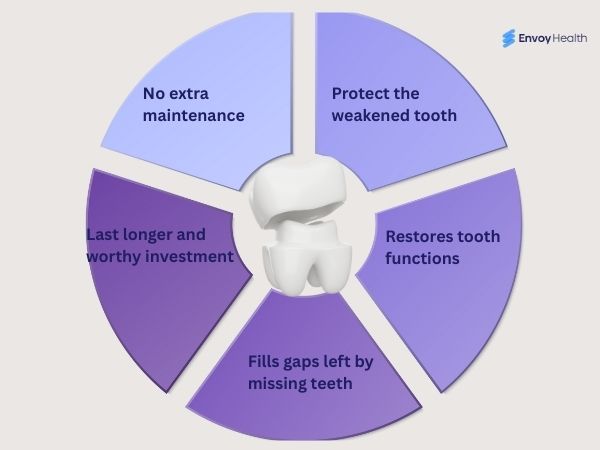
While dental crowns have both advantages and disadvantages, the good news is that many of the drawbacks can be managed with the right approach. Below, we detail some ways to minimize potential issues and make your crown last longer.
How To Prevent the Disadvantages of Getting a Crown?
You can prevent the disadvantages of getting dental crowns by planning your treatment with a qualified, certified, and skilled dental professional. Read patient testimonials and get referrals from friends to minimize the chances of procedural errors. In addition, you need to adhere strictly to the aftercare measures. Attend the scheduled follow-up appointments to detect the early signs of problems. So the damage can be minimized.
How Long Do Crowns Last, and What Are the Signs of Replacement?
In general, a properly fixed dental crown lasts for 15-20 years when you care for it properly. After this period, you will need the dental crown to be replaced by a new one. However, in some cases, candidates would need a replacement due to a damaged crown. Don't ignore the below-mentioned warning signs and see your dentist immediately. They are an indication of a damaged crown or a decayed tooth, and you may need a replacement crown.
- Noticeable cracks and chips.
- Loose crown that is ready to fall.
- Inflamed gums with soreness and redness.
- Recurred trapping of food around the crown.
- Bad taste with foul smell indicating pus formation.
- Throbbing pain with or without tooth sensitivity and discoloration.
- Pain deep inside the crown, making it difficult to chew and bite food.
- Gum recession showing the tooth roots with an elongated tooth appearance.
How To Fix a Problematic Dental Crown?
Fixing a failed dental crown starts with a dentist’s evaluation. The dentist will look for physical signs of decay or damage, followed by diagnostic X-rays and scans to assess the underlying tooth. This creates a clear picture of the extent of the problem. Depending on the findings, the dentist may recommend a full crown replacement if the structure is compromised, or a composite filling or bonding if only minor repairs are needed.
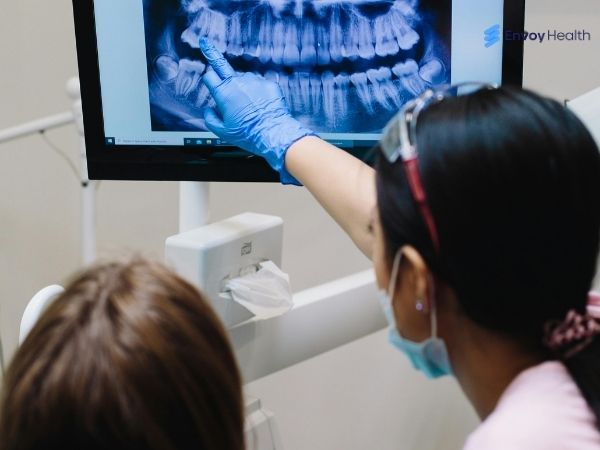
Any Alternatives to Dental Crowns: When Does It Make Sense To Consider Them?
Of course, there are alternatives to dental crowns, such as fillings, dental bonding, implants, inlays, and onlays. Dentists choose the appropriate one based on the extent of tooth damage, tooth location, the goal, whether cosmetic or restorative, and the patient's expected budget.
- Fillings, inlays, and outlays: Considered when the tooth cavity is minor and the tooth structure is intact, with an ability to hold the crown.
- Dental bonding and veneers: Considered when the problem is largely a cosmetic issue. Bonding or veneers are ideal for fixing chipped, stained, or slightly misaligned teeth, offering an aesthetic improvement without the need to remove significant tooth structure, as required for crowns. They are best suited for patients seeking a natural look with minimal invasiveness rather than full structural reinforcement.
- Dental implants: Implants are ideal when the tooth structure is too scarce to hold a crown or when an extraction is a definite requirement due to extensive decay. So, if you ask us, “How much tooth is needed for a crown?” You will need approximately one-fourth of the healthy, natural tooth to hold the crown with a perfect fit.
Final Word!
While the disadvantages of dental crowns, such as cost, adjustment time, and potential fit issues, are important to consider, they rarely outweigh the benefits when crowns are chosen thoughtfully and maintained properly. Understanding these drawbacks helps to set realistic expectations and allows patients to work with their dentist on selecting the right material, fit, and care plan. In some cases, alternatives to dental crowns, such as bonding, veneers, or onlays, may be more suitable, especially when the concern is cosmetic rather than structural. With the right approach, crowns remain a highly effective solution in restoring both function and appearance.
If you’re worried about the disadvantages of dental crowns or considering alternatives, the right guidance can make all the difference. Sign up with Envoy Health to get trusted clinics, clear pricing, and personal support, so you can choose the dental care that’s right for you.
References
Disclaimer
The information in this article is for educational purposes only and does not replace medical advice. Always consult your doctor before starting any treatments.
Porcelain dental crowns are usually preferred for front teeth, and these last for up to 10-15 years. You need to maintain a hygienic oral cavity, prevent the trapping of food particles around the crown surface, and avoid biting on hard objects like ice, nuts, and crackers. Further, using a mouth guard can help candidates with habits of teeth clenching or night bruxism.
Dentists recommend dental crowns for teeth that have undergone root canal treatment or for conditions where the tooth structure is too weak to support a crown. Crowns require adequate tooth structure to hold them in place. A completely decayed or broken tooth cannot support the crown in place. In these cases, dentists suggest not going for crown treatment and opt for extraction followed by implant treatment.
The disadvantages of getting dental crowns include high costs, the need for a wiser choice among a variety of materials, and the requirement of multiple appointments and an adjustment period.
Teeth under crowns can become bad or rotten if you don’t follow adequate oral hygiene. Failing to brush properly and floss correctly can leave trapped food particles beneath the crown surface. These serve as food for bacteria and create a favorable environment for decay and infection.
The decision to undergo crown treatment depends on the tooth condition and the patient’s expected budget. Crowns are an ideal choice when you have a healthy tooth structure and are looking for restorative functions. However, if you are looking for cosmetic issues like chips or breaks on front teeth, veneers or bonding can be a better choice. However, if you are left with very little tooth structure, getting it extracted followed by the implant treatment is the ideal solution.
So, we partner with the premier healthcare facilities!
Send me the list
